Zoology wasn’t always a precise science. Thousands of year ago, people like Aristotle and Pliny the Elder did their best to compile everything anyone knew about animals into massive, encyclopedic tomes. But they didn’t always get the details right. Sometimes, they wrote those crazy answers down—and for nearly 2,000 years, people around Europe just accepted these things as true.
Elephants Constantly Fight Dragons
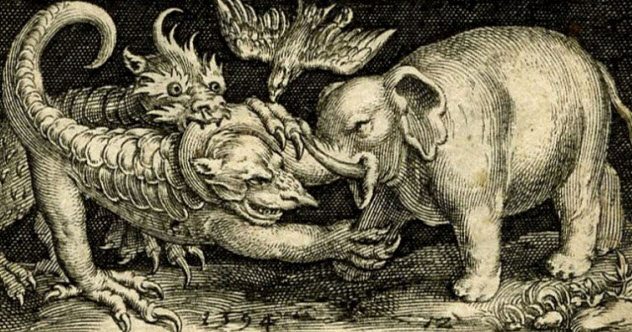
The Greeks and the Romans were fascinated by elephants And so Roman people were ready to believe anything they read or heard about elephants. “When an elephant happens to meet a man in the desert,” one Roman encyclopedia said, “[and realizes the man is lost, then] the elephant. . . points out the way.”
The same Roman encyclopedia claimed that dragons were “perpetually at war with the elephant.” In India, dragons were constantly swooping down on elephants and trying to crush them, hungering to eat their cold blood. A particularly alert elephant, however, could knock a dragon down and crush it underfoot.
Aurochs Have Projectile, Toxic Poop

Milk cows and every kind of domestic cattle are descended from one animal: the aurochs. The last aurochs died out about 400 years ago. According to the Roman naturalist Pliny the Elder, aurochs had horns that were bent inward. When a predator attacked them, their horns were totally useless. So they had to rely on the one defense God gave them: running away and pooping.“While in the act of flying,” Pliny claimed, “it sends forth its excrements.” They could shoot it out far, too—about 1.2 meters (4 ft), according to Pliny. Their projectile poop did more than just gross out their predators. It burned them like fire.
Salamanders Can Put Out Fires
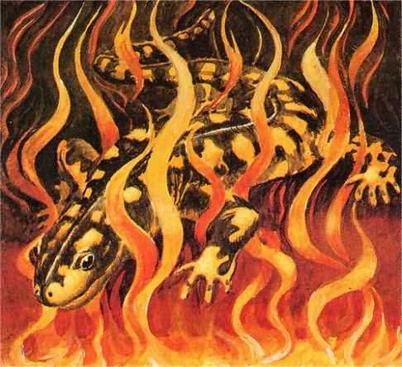
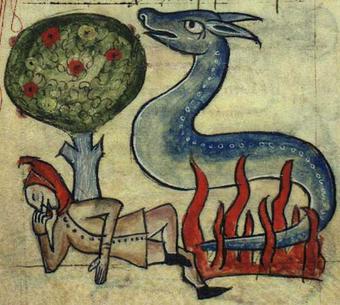
https://myth-wiki-ology.wikispaces.com
For a good 1,000 years or so, humans as a species were fairly sure that salamanders were magic. They were so cold, Romans believed, that they could extinguish a fire just by touching it. That claim also came from Pliny the Elder. After telling all of Rome that salamanders had magical fire-extinguishing powers, he threw a salamander into a fire himself. To his disappointment, the animal wasn’t magic. It was just dead. About 1,000 years later, the Jewish rabbi Rashi was still writing about salamanders’ amazing magical powers, even telling people that they could become fireproof by covering themselves with salamander blood.
Eels Grow Out Of Mud
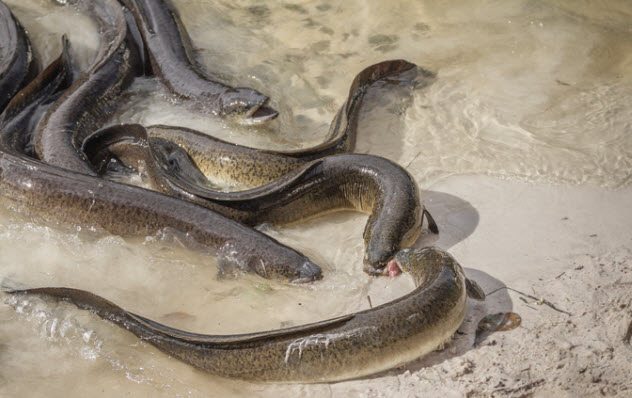
Aristotle was convinced that a lot of animals spontaneously burst into existence. He tried to persuade the world about a few different cases of what he called “spontaneous generation.” But the one that really stuck was his idea that eels magically grow out of mud. For more than 2,000 years, nobody even questioned Aristotle’s “eels just magically appear” theory. Pliny said they made babies by rubbing against rocks, while the 17th-century English writer Izaak Walton insisted that they grew out of particular dew falling in the months of May and June.”But everyone agreed on the main detail: Eels are a gift from God.
Whales Have Antennae

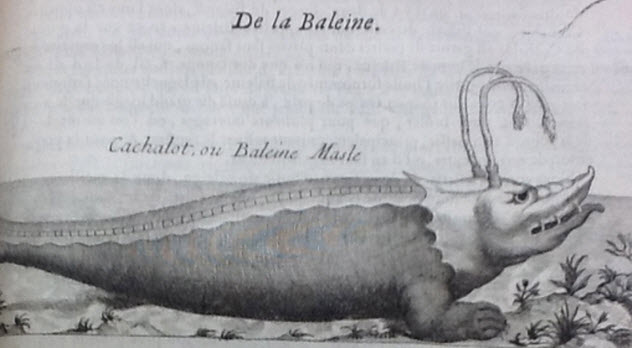
https://diydilettante.wordpress.com
In the 17th century, a Frenchman named Pierre Pomet released a book on the natural world that was filled with illustrations of the strange animals that inhabit our Earth. Each picture was full of beautiful, vivid details of what these strange creatures looked like. Pomet’s whales, in particular, looked a bit strange. He insisted that one could tell a male whale from a female whale by their heads. According to Pomet, the males had hands with fingers, a long sheet of metal on their backs, and massive, armored heads like the kind you’d see on a Chinese dragon. And on top were two long antennae, each with a fluffy little pom-pom on the end. His female whales were a bit closer to real life, but they still had antennae.
Crocodiles Are Basically Just Monkeys
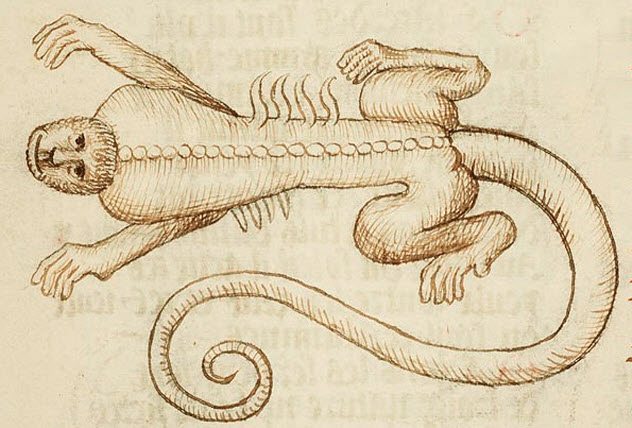
According to the medieval book titled, “Book of Flowers”, in the Book of Flowers, an 11th-century encyclopedia, Crocodiles Are Basically Just Monkeys, because they’re pretty much just monkeys.
According to the Book, crocodiles have long, curly tails, hands, and hairy faces. It’s a strange description, and it would be easy to think that they just got the names mixed up. But their vision of crocodiles isn’t purely monkeys. The bodies of these creatures are long, hard, and scaly like a real crocodile’s. They just happen to have monkey heads on top.
Later medieval artists started getting the tails right but kept the monkey faces. Others gave these animals massive, horselike legs or made them look like dogs with scales. European artists kept drawing crocodiles that way until about the 17th century.
Rhinoceroses Hate Elephants
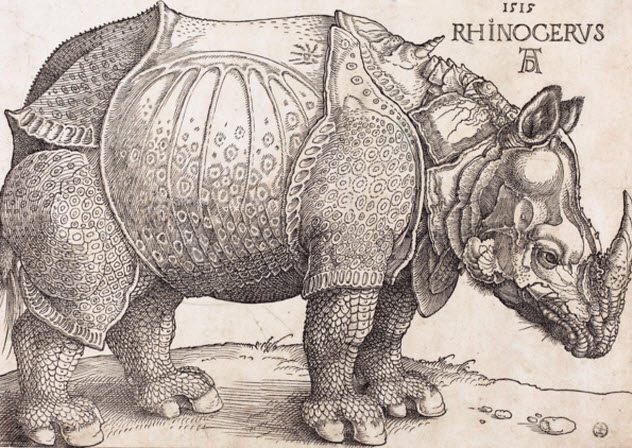
According to Pliny the Elder, rhinoceroses and elephants absolutely hated each other. The second they saw each other, Pliny the Elder claimed, they would start brawling, duking it out in an incredible battle of the titans.
A German woodworker named Albrecht Durer became so enthralled by the stories that he sat down and drew a picture based on what he’d heard. His rhinoceros had scaly legs and hard, armor-like plates on its back. Durer left notes saying that the rhinoceros is “the color of a speckled tortoise [and is] covered with thick scales.”
Bees Can Be Killed by a Menstruating Woman’s Stare
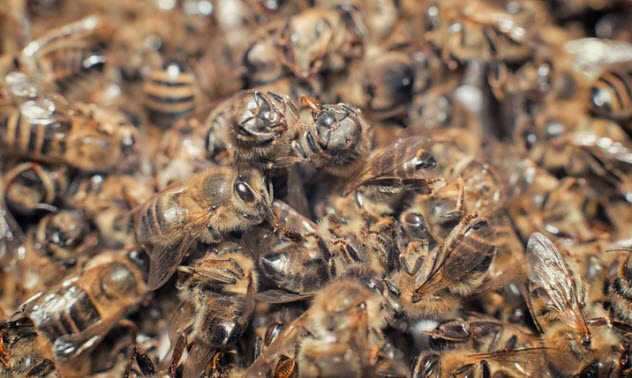
Pliny the Elder wasn’t just confused about animals. He had strange ideas about women, too. He especially couldn’t understand menstruation, except that it was something that ought to be feared. The stare of a menstruating woman, he insisted, could kill. “A swarm of bees, if looked upon by her,” he warned, “will die immediately.”
Related Content
Animal Races From Around the WorldOutrageous Stories of Cats’ Lives Saved In Strange WaysMost Terrifying Insects in the World